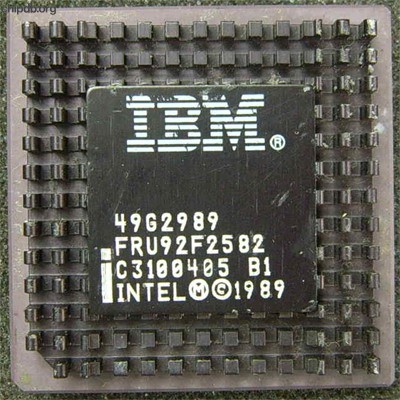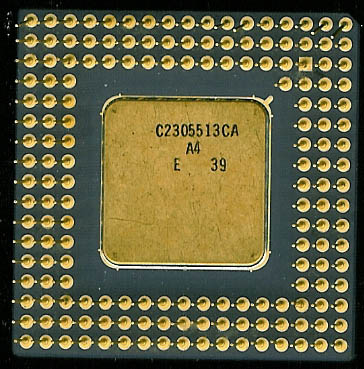vwestlife
Veteran Member
I've seen AM486DX5-133 chips. They've got to be uncommon.
The early production AMD chips said both 486DX5 and 5x86 on them. Perhaps a pre-production test/sample run said just 486DX5 on it, but I've never seen any.
I wonder who was the first to officially call their chip the 5x86: either AMD or Cyrix. (Remember, the Cyrix 5x86 was initially called the "M1SC".) Perhaps one company renamed their chip to 5x86 in response to hearing that the other company was going to use that name.



